- Homepage /
- Blog /
-
Neuromorphic Computers and 6G Networks – The Future of IT That Will Change the Game
Neuromorphic Computers and 6G Networks – The Future of IT That Will Change the Game
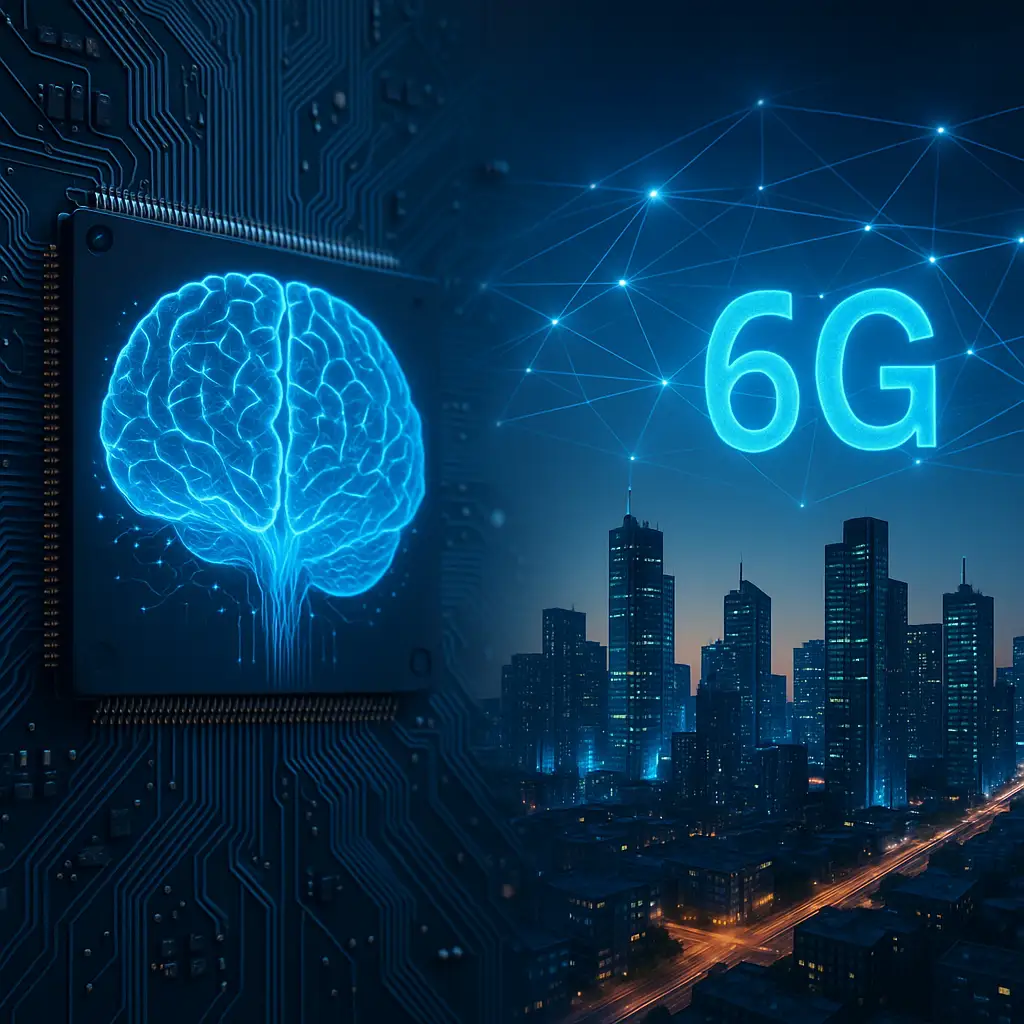
Neuromorphic Computers and 6G Networks – The Future of IT That Will Change the Game
Neuromorphic computers – a brain in silicon
Traditional computers are based on the von Neumann architecture: the processor calculates, memory stores. Neuromorphic chips go further, inspired by the human brain. Millions of artificial “neurons” and “synapses” allow them to process data in parallel, save energy, and react in real time.
Potential applications include:
- image and sound analysis directly on mobile devices without sending data to the cloud,
- autonomous vehicles that react faster and safer,
- medicine – implants and diagnostic devices that learn alongside the patient,
- industry – predictive systems monitoring machines and infrastructure.
Companies such as Intel (“Loihi”) and IBM (“TrueNorth”) are already experimenting with prototypes, and within a decade neuromorphic chips may enter mass products.
6G networks – the hyperconnectivity of the future
Although 5G is still expanding, researchers are already laying the foundation for 6G. The new generation of networks is expected to offer up to 100 times faster speeds than 5G, minimal latency, and the ability to handle billions of devices simultaneously.
6G will be a network that not only connects people and machines but also creates a coherent ecosystem:
- smart cities where transportation, energy, and safety systems are synchronized,
- extended and virtual reality (XR) with “photorealistic” quality in real time,
- Internet of senses – transmitting not only images and sound but also touch, smell, and even taste,
- sustainable agriculture supported by billions of sensors in soil, air, and water.
Synergy: neuromorphic chips + 6G
The true revolution will begin when these two trends converge in a single ecosystem. Neuromorphic chips will provide energy-efficient intelligence in edge devices, while 6G will allow them to communicate at light speed, exchanging knowledge in a global “network of brains.”
Imagine autonomous factories that plan production on their own, cars communicating with each other in real time, or medical devices analyzing patient data while collaborating with global research centers.
What does this mean for business?
- New service models – real-time AI as a standard.
- Industry transformation – from manufacturing to medicine and education.
- New challenges – security, ethics, privacy, and huge energy demands.
For family-owned and mid-sized companies, the key will be to closely track these trends, test early applications, and prepare data-security strategies in this new world of hyperconnectivity.
Przeglądaj inne artykuły
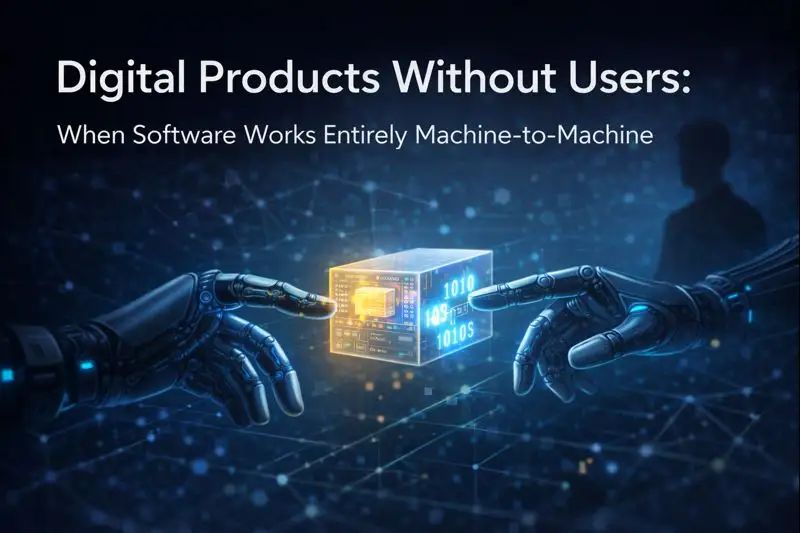
Digital Products Without Users: When Software Works Entirely Machine-to-Machine

Unbundled Platforms: Why the Future of Digital Products Belongs to Ecosystems, Not Single Applicatio

Silent Software: Why the Most Valuable Digital Products of the Future Will Be the Ones Users Barely
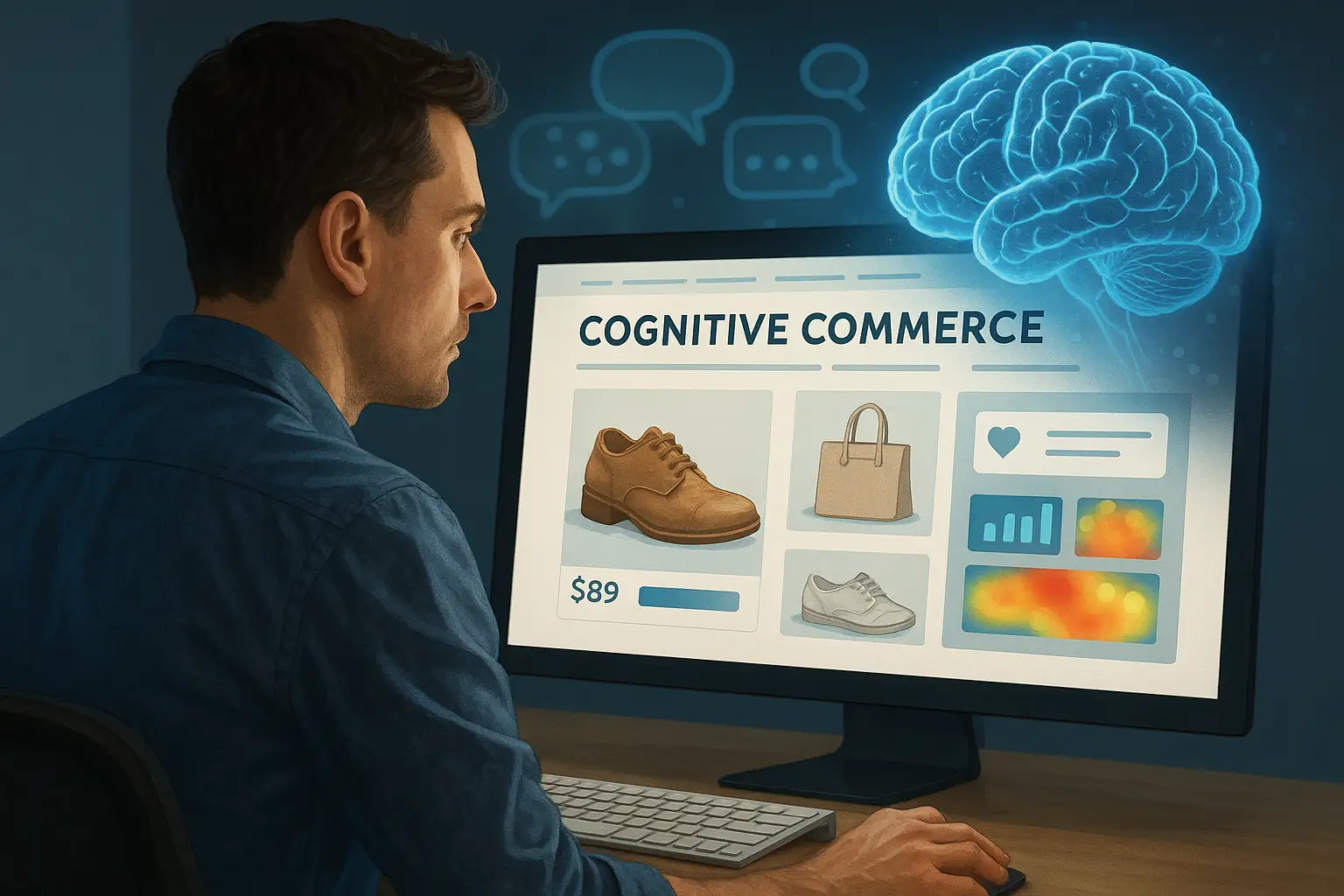
Cognitive Commerce: How AI Learns to Think Like Your Customers and Redefines Digital Shopping

Predictive UX: How AI Anticipates User Behavior Before It Happens
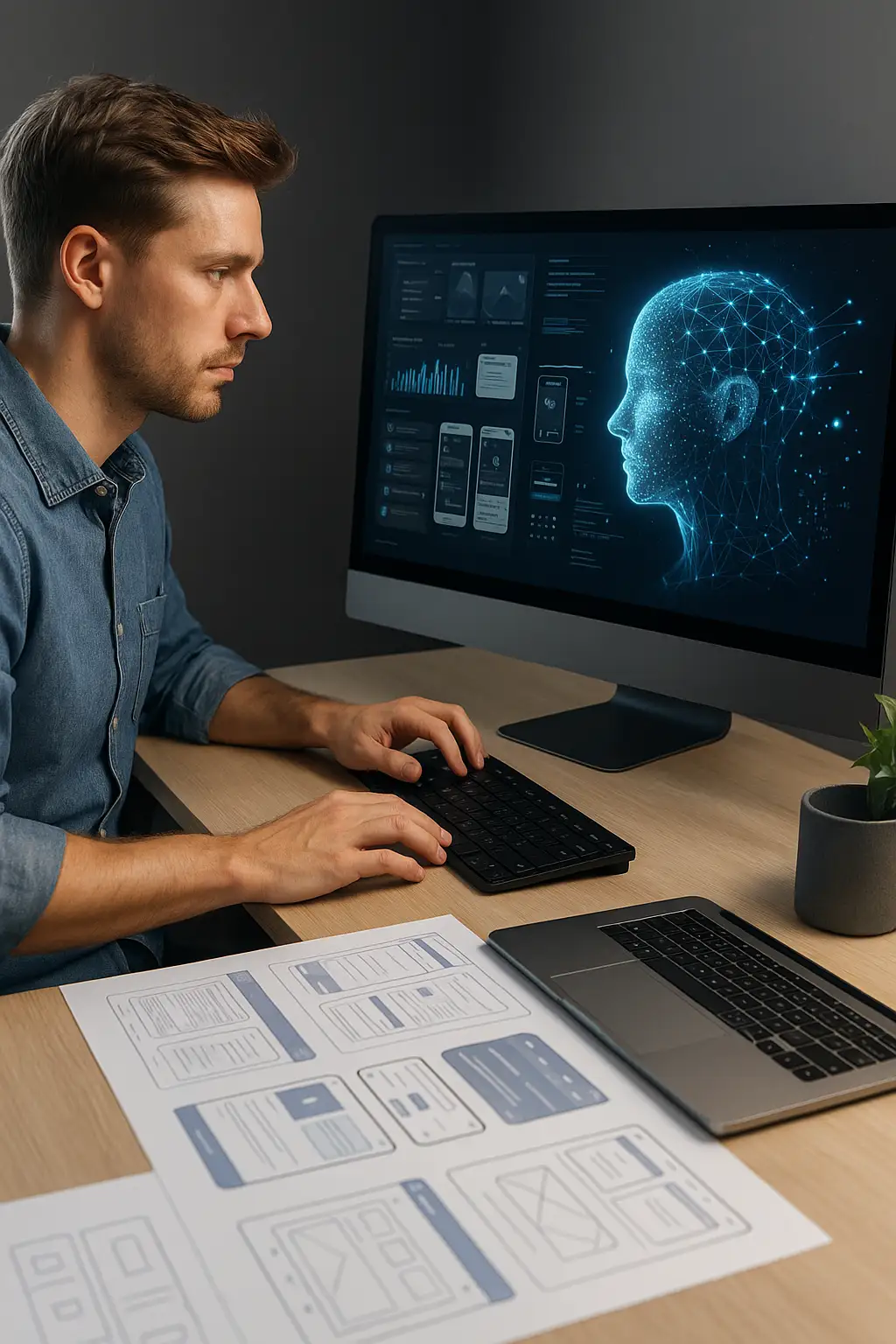
AI-Driven Product Innovation: How Intelligent Systems Are Transforming the Way Digital Products Are
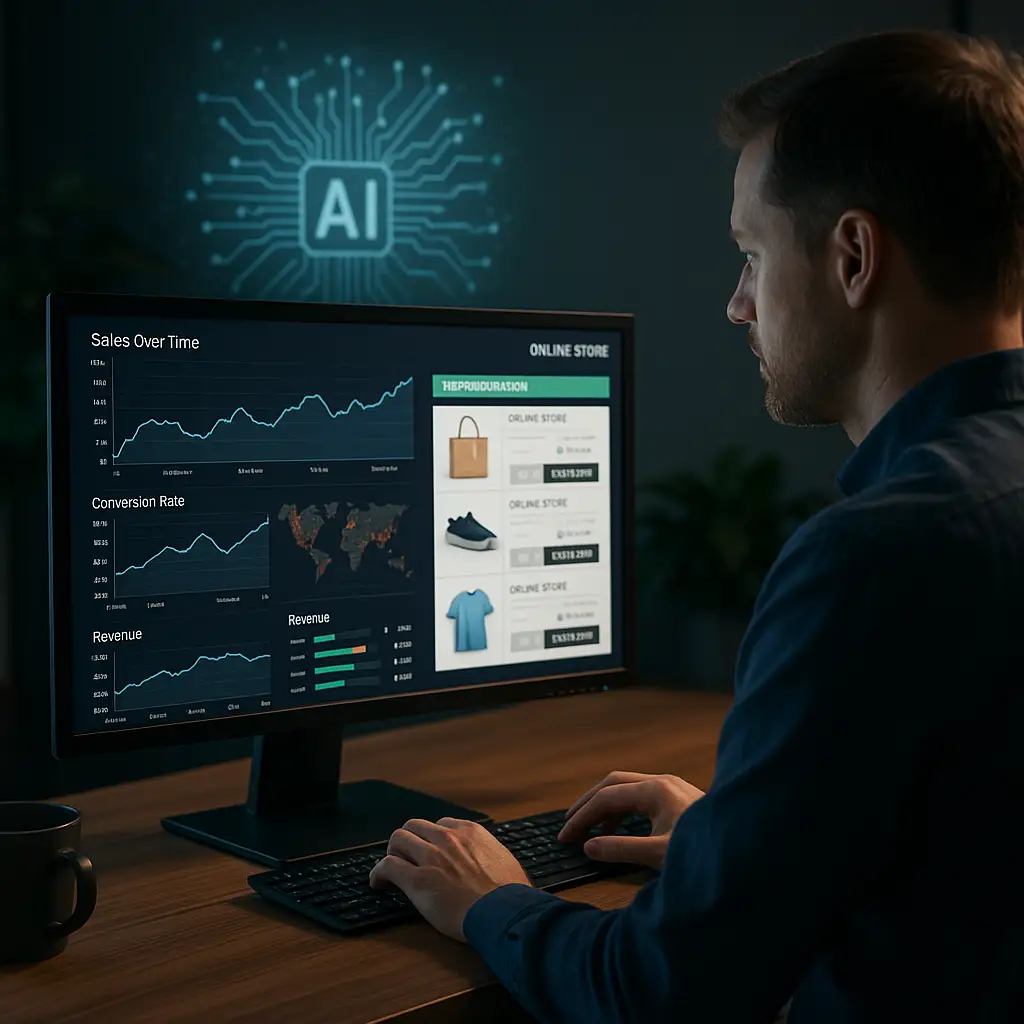
Adaptive Commerce: How AI-Driven Systems Automatically Optimize Online Stores in Real Time

Zero-UI Commerce: How Invisible Interfaces Are Becoming the Future of Online Shopping
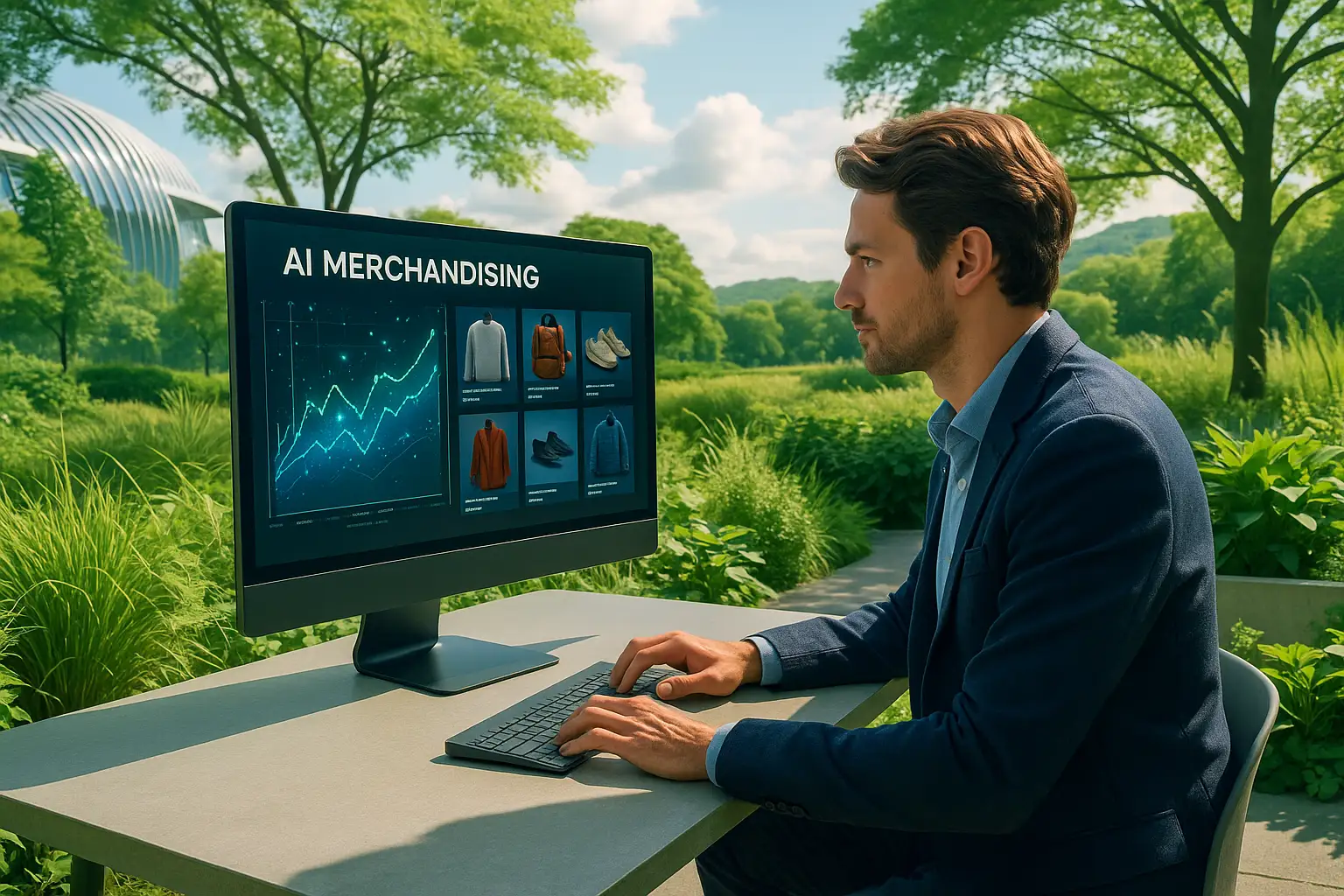
AI Merchandising: How Intelligent Algorithms Are Transforming Product Discovery in Modern E-Commerce

Composable Commerce: How Modular Architecture Is Reshaping Modern E-Commerce and Marketplace Develop

Context-Aware Software: How Apps Are Becoming Smarter, Adaptive, and Environment-Responsive
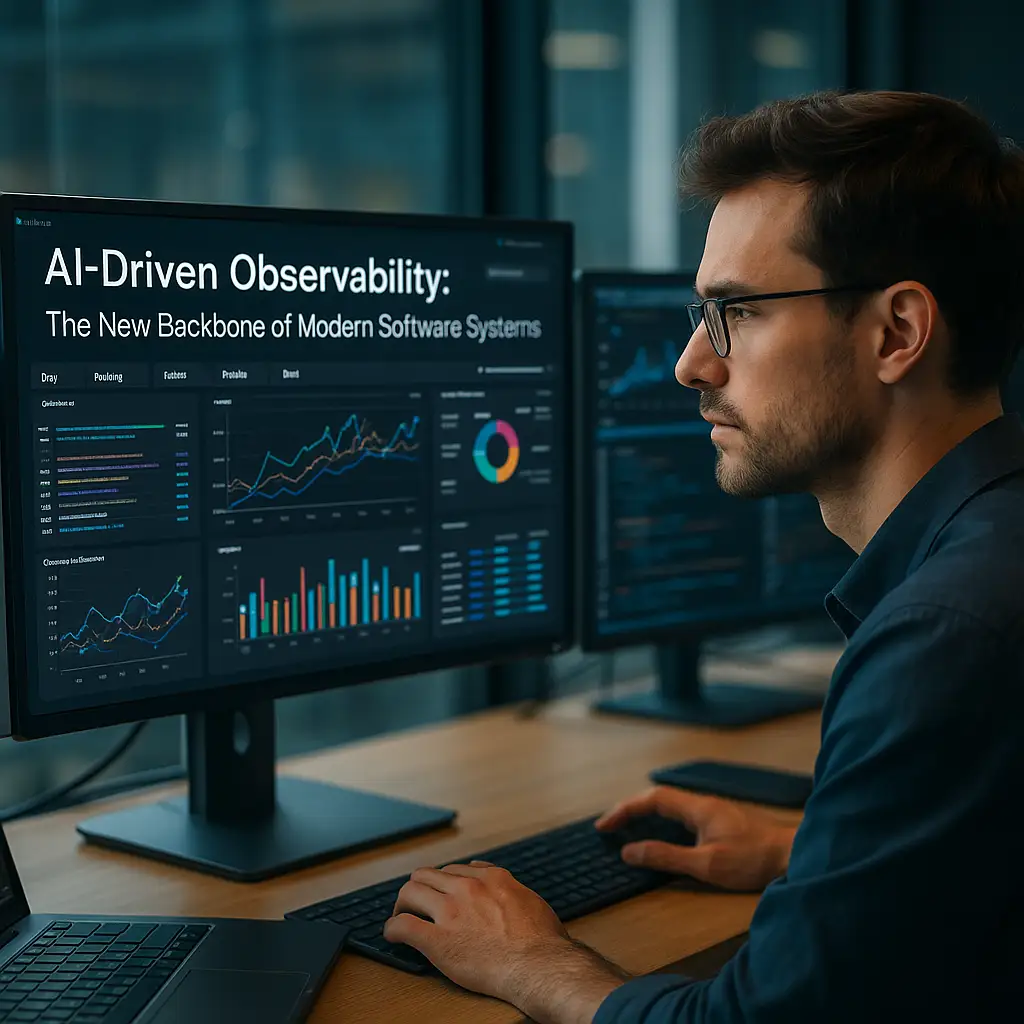
AI-Driven Observability: The New Backbone of Modern Software Systems

Hyper-Personalized Software: How AI Is Creating Products That Adapt Themselves to Every User
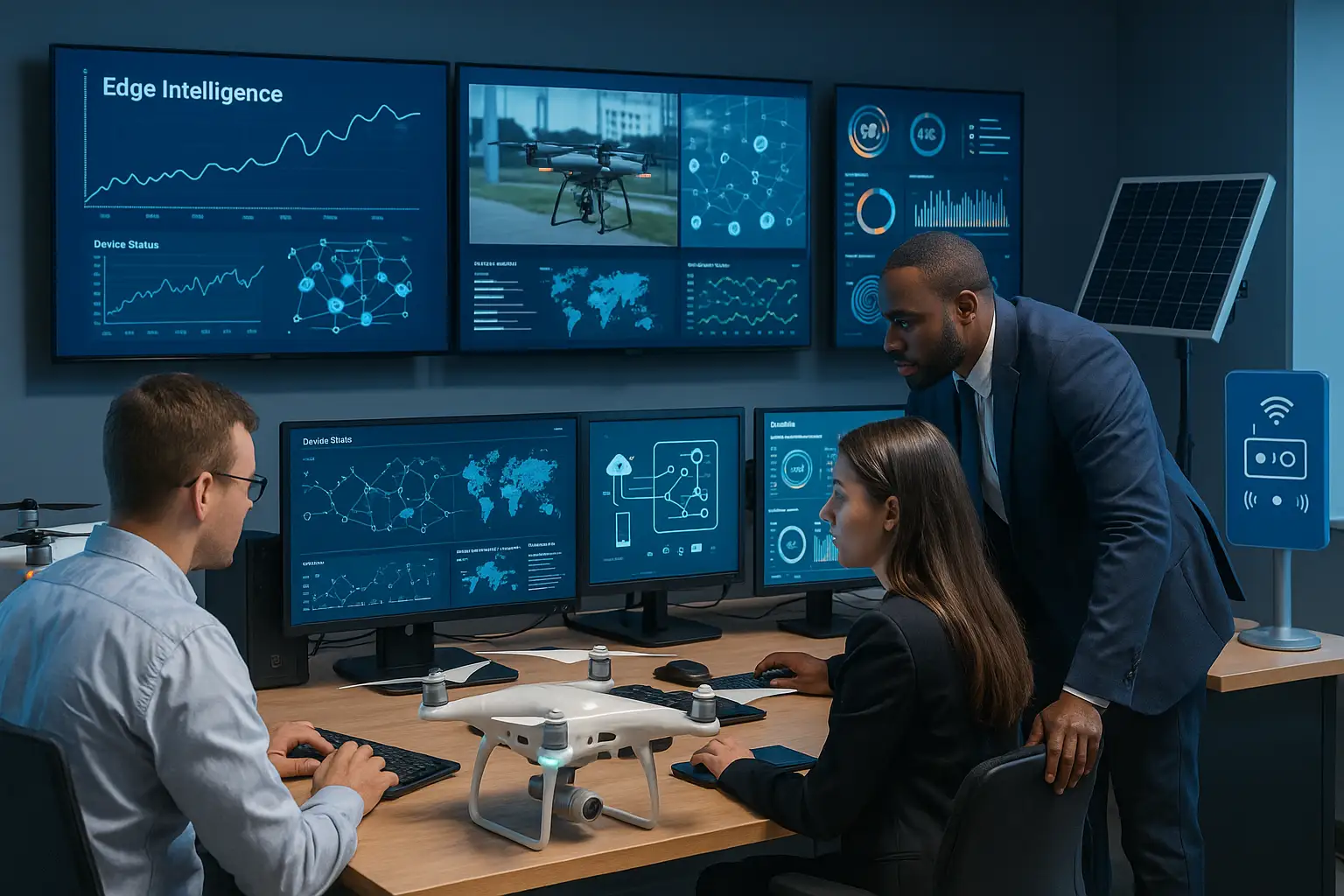
Edge Intelligence: The Future of Smart, Decentralized Computing

AI-Powered Cybersecurity: How Intelligent Systems Are Redefining Digital Defense
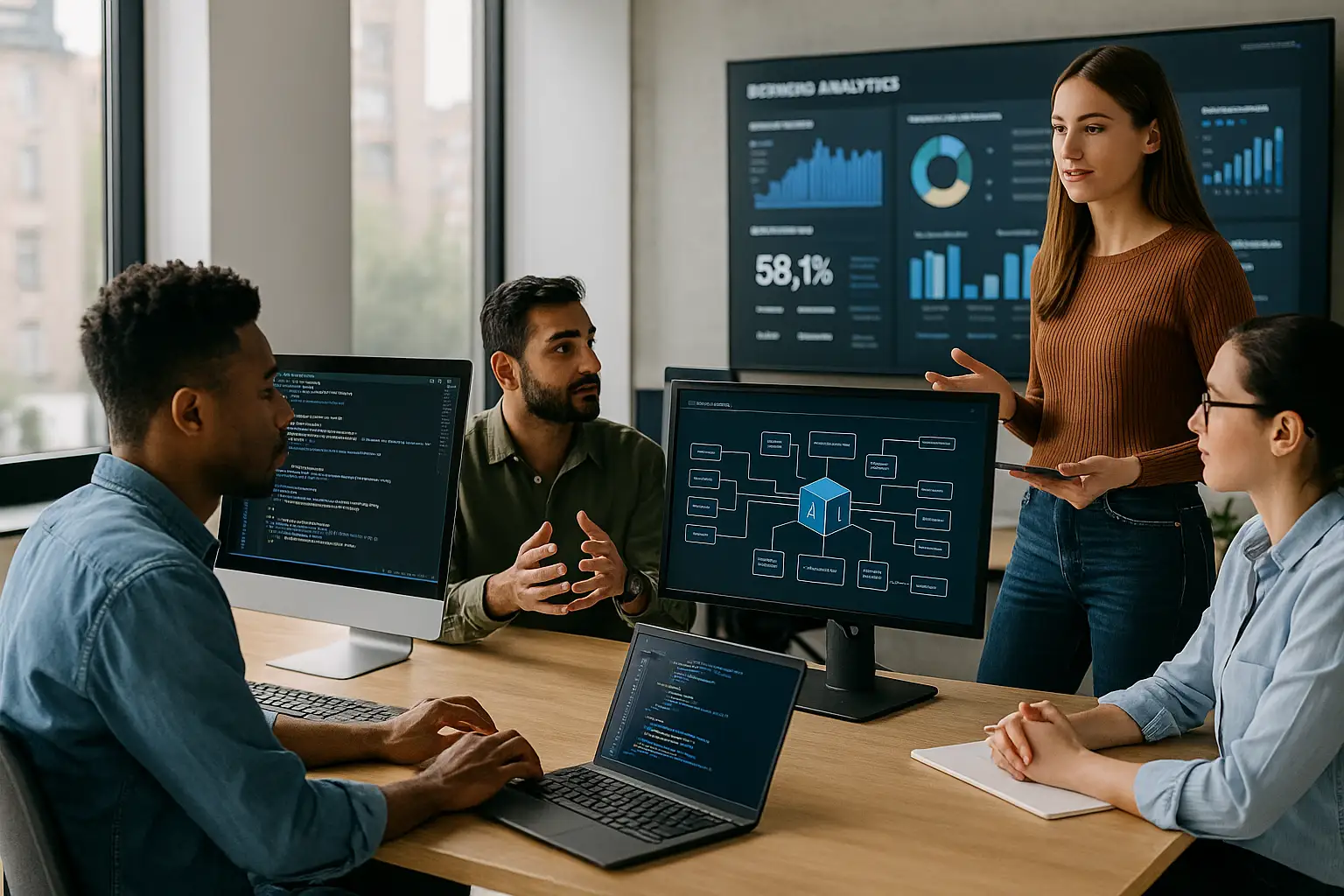
Modern Software: How Our Company Is Reshaping the Technology Landscape

From Digital Transformation to Digital Maturity: Building the Next Generation of Tech-Driven Busines
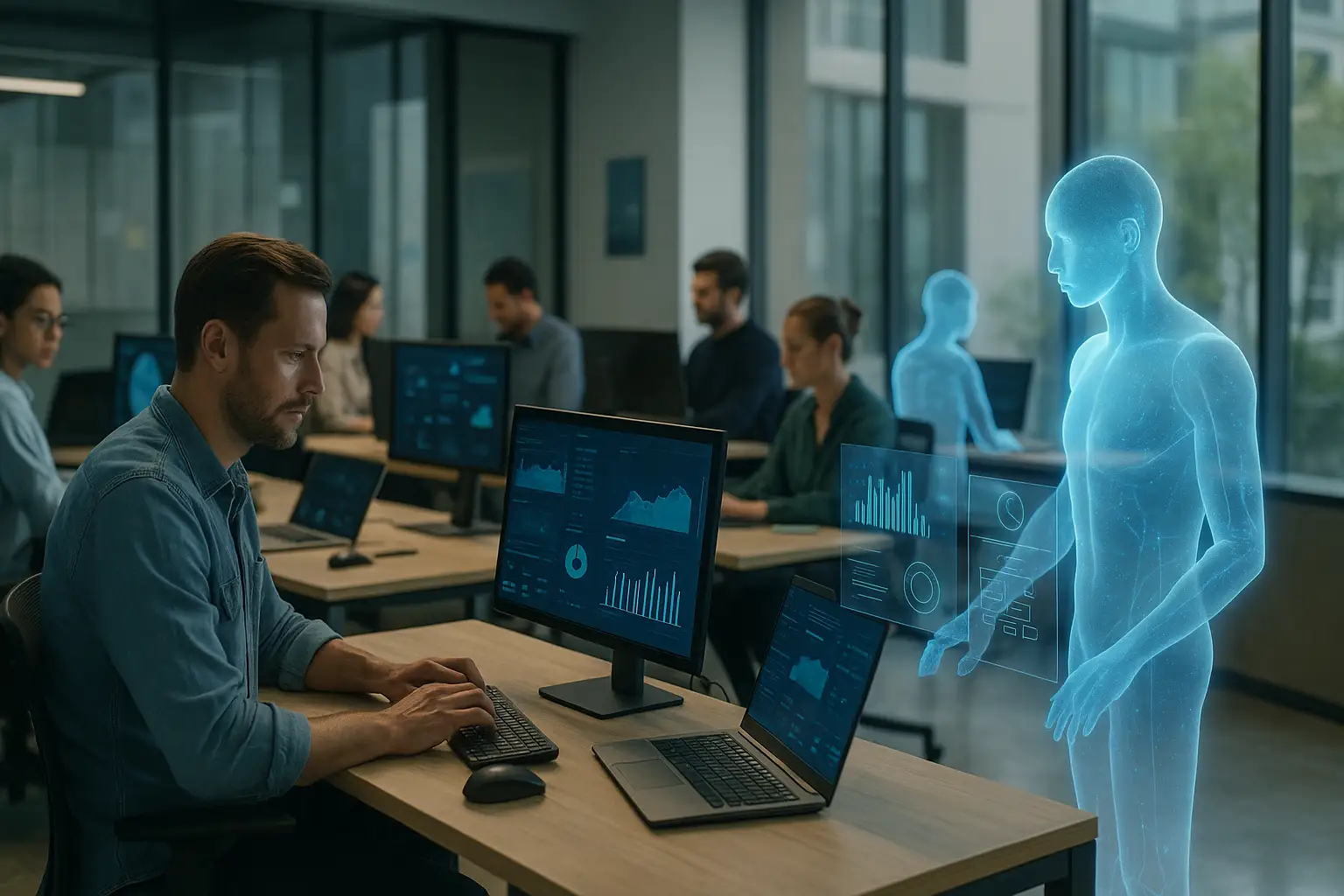
AI Agents: The Rise of Autonomous Digital Workers in Business and Software Engineering
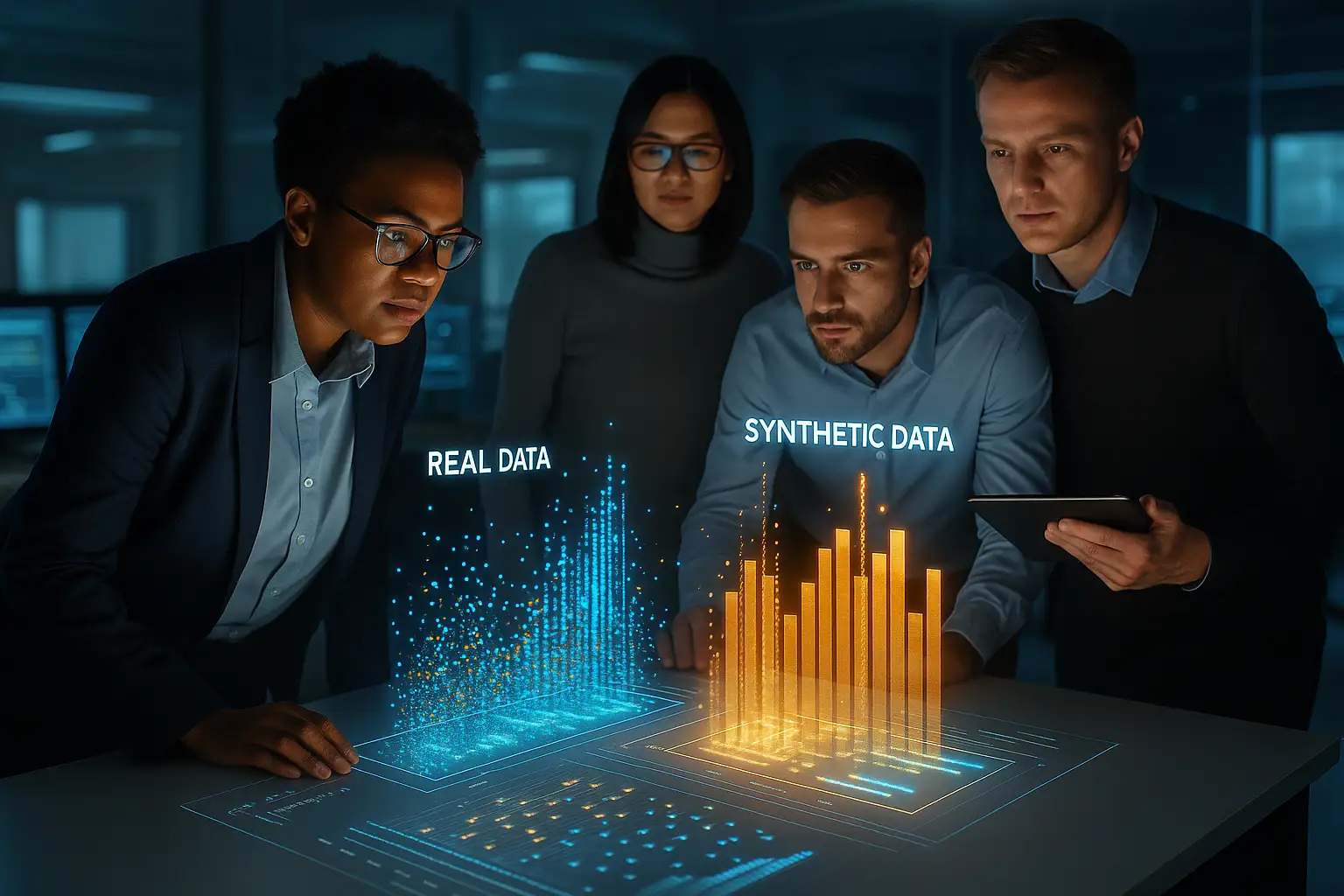
Synthetic Data: The Next Frontier of AI and Business Intelligence
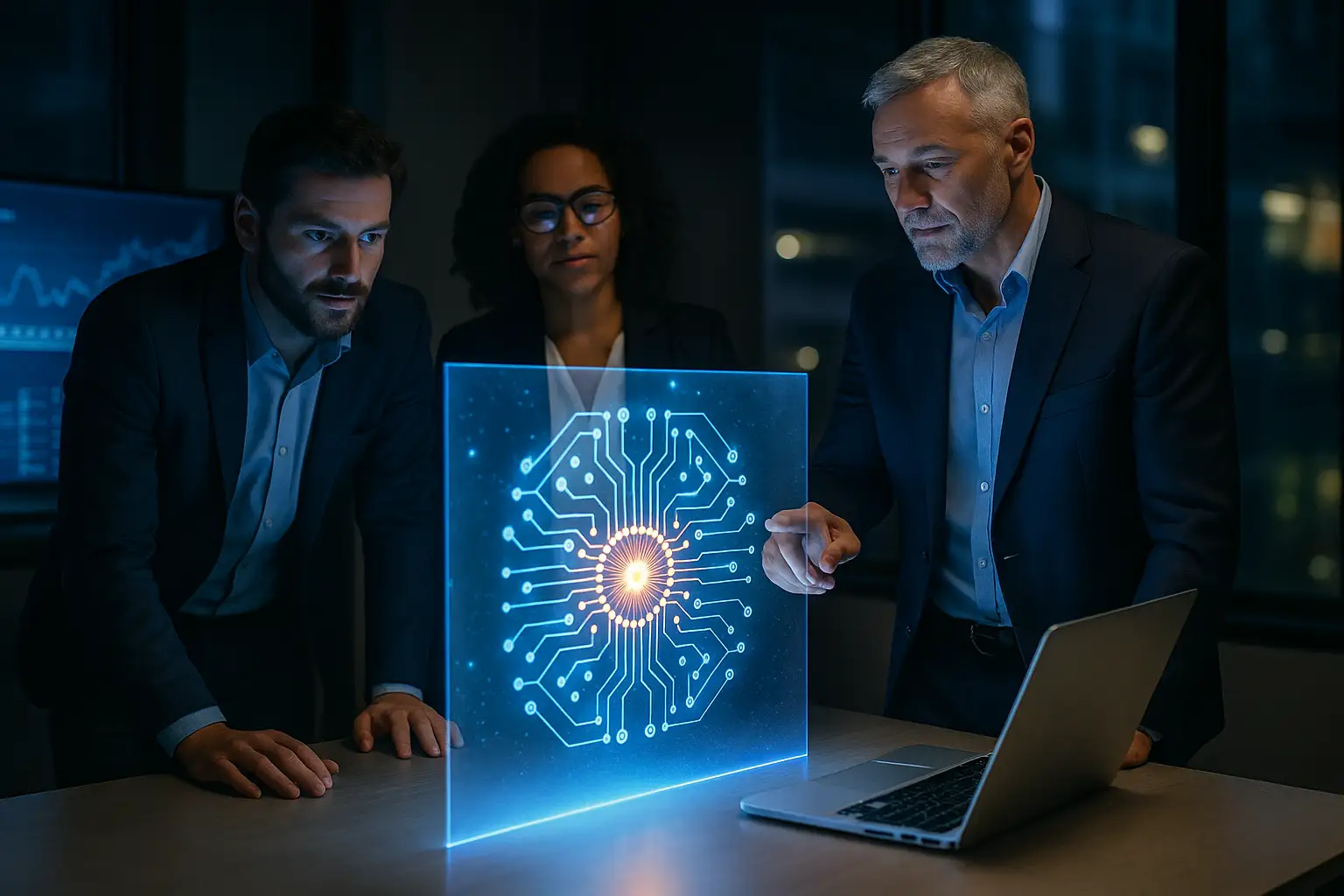
Quantum AI: How Quantum Computing Will Redefine Artificial Intelligence and Software Engineering
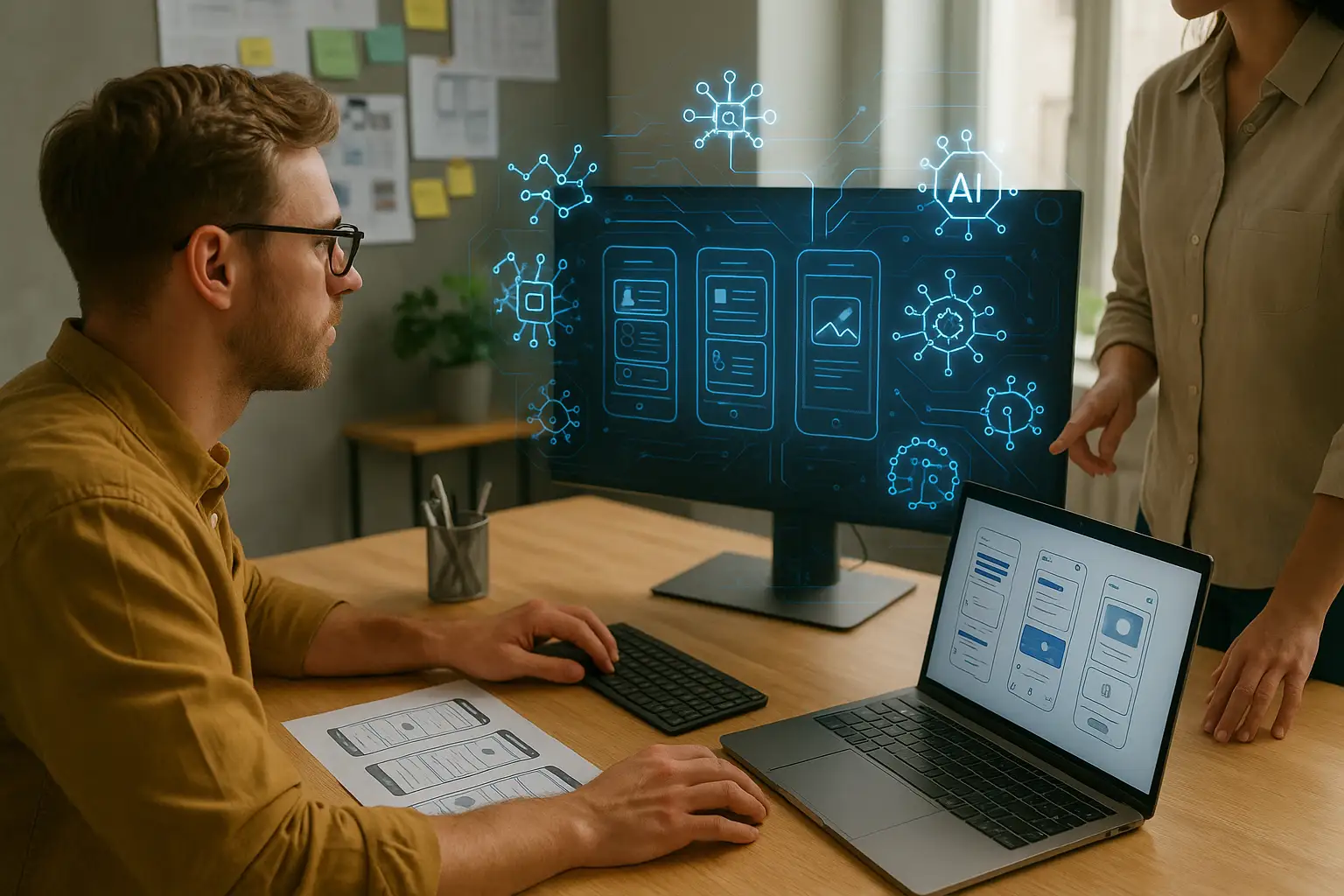
Design Intelligence: How AI Is Redefining UX/UI and Digital Product Creativity
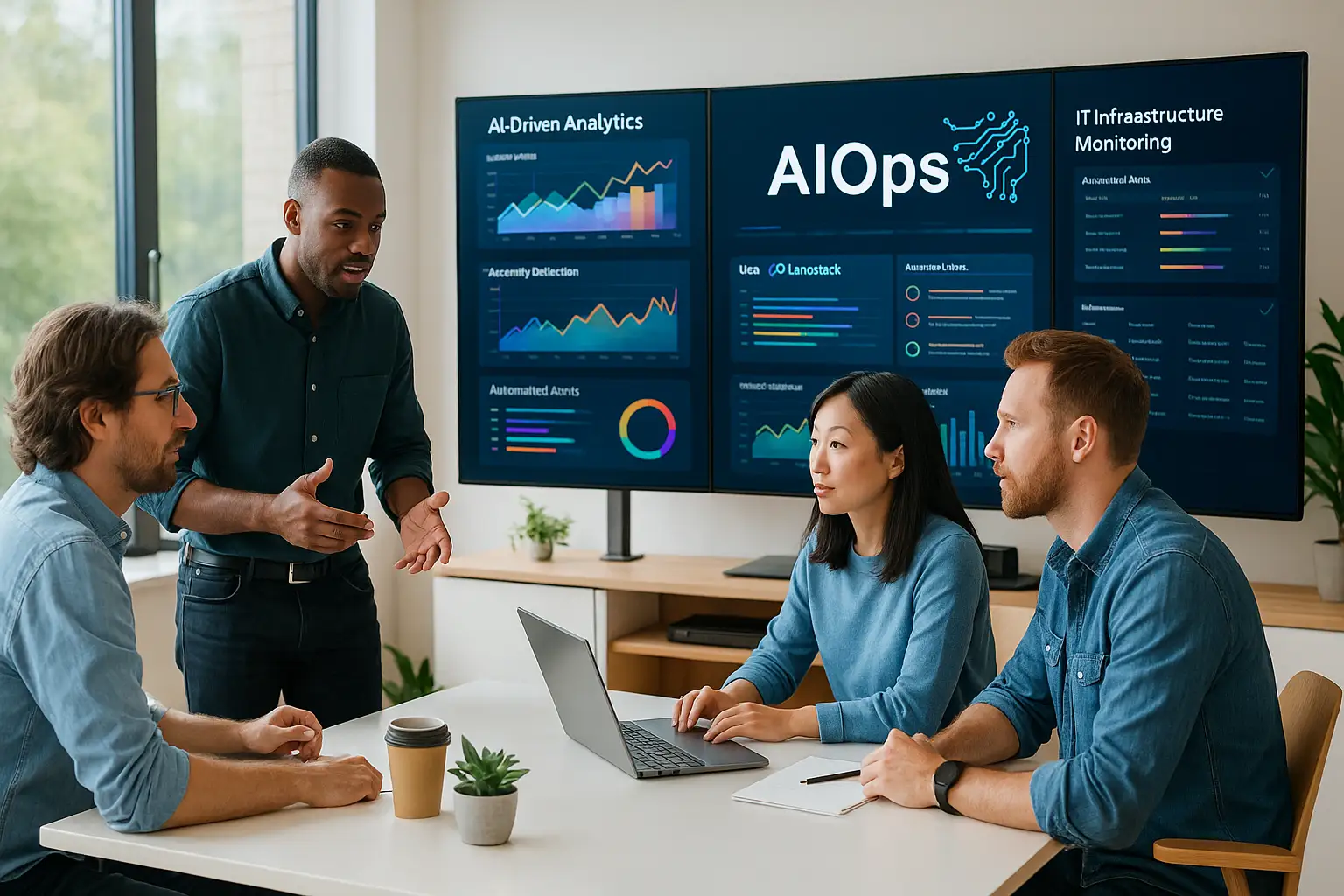
How Artificial Intelligence Is Transforming DevOps and IT Infrastructure
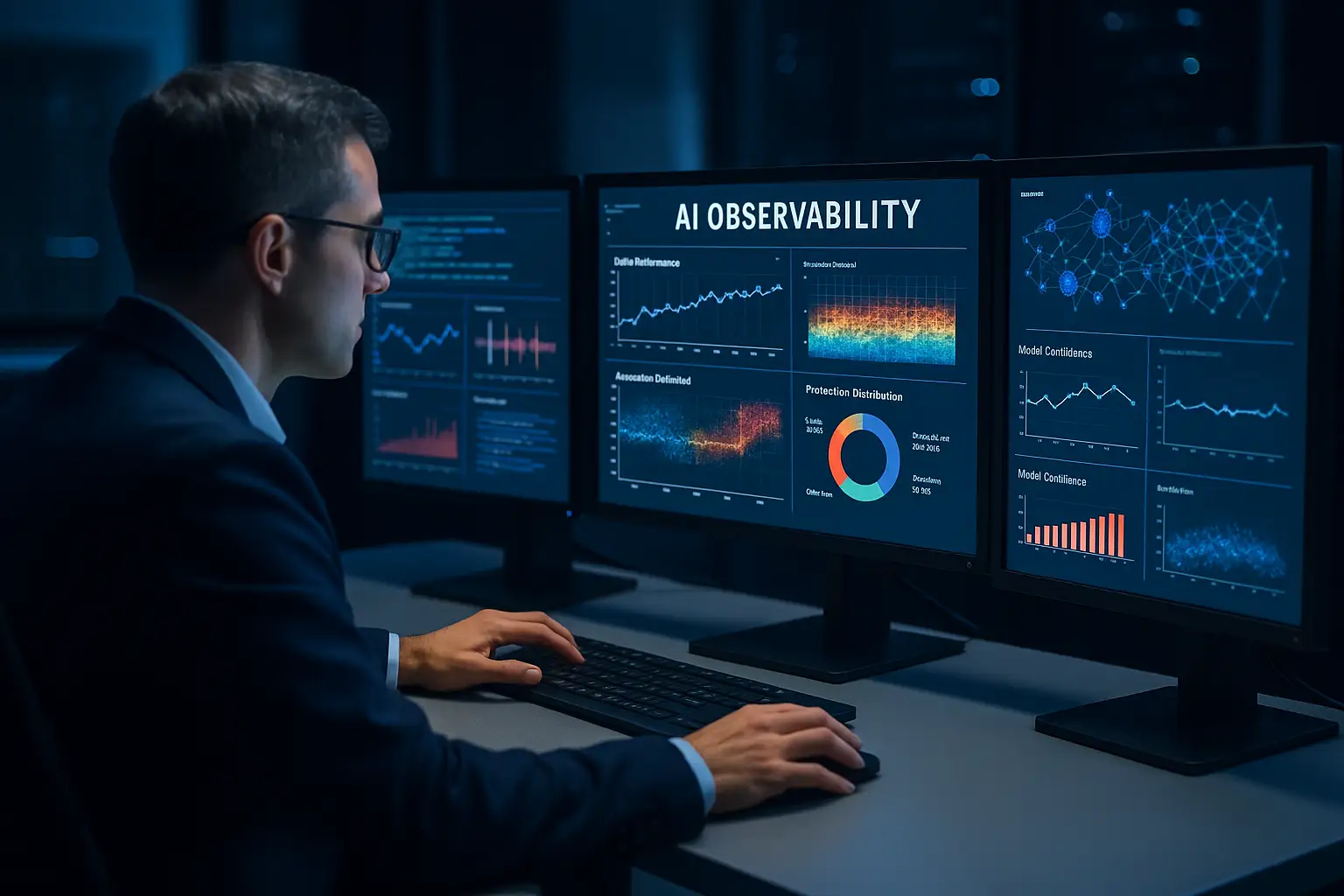
AI Observability in Production: Monitoring, Anomaly Detection, and Feedback Loops for Smart Applicat
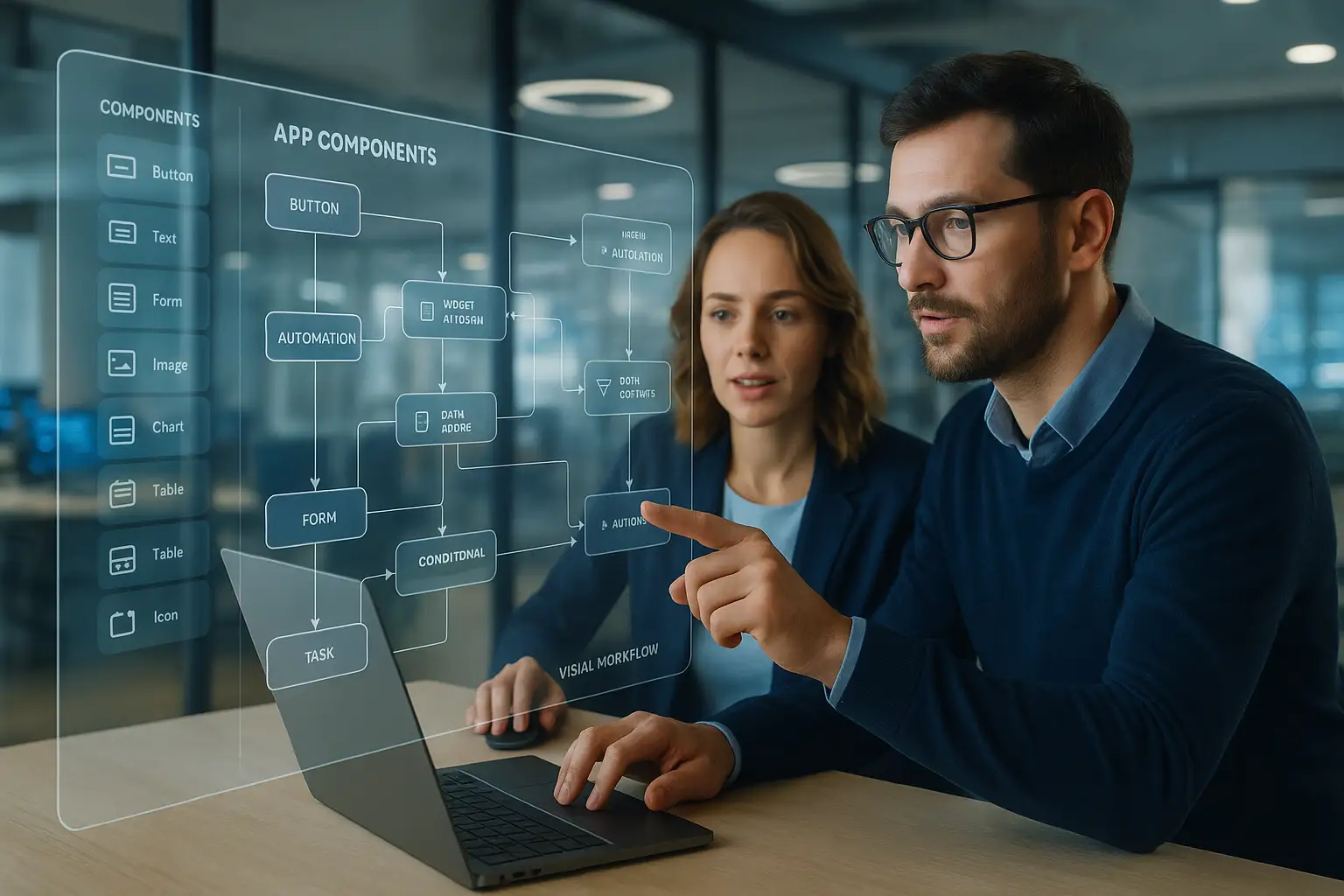
Low-Code Revolution: How Visual Development Is Transforming Software and Marketplace Creation
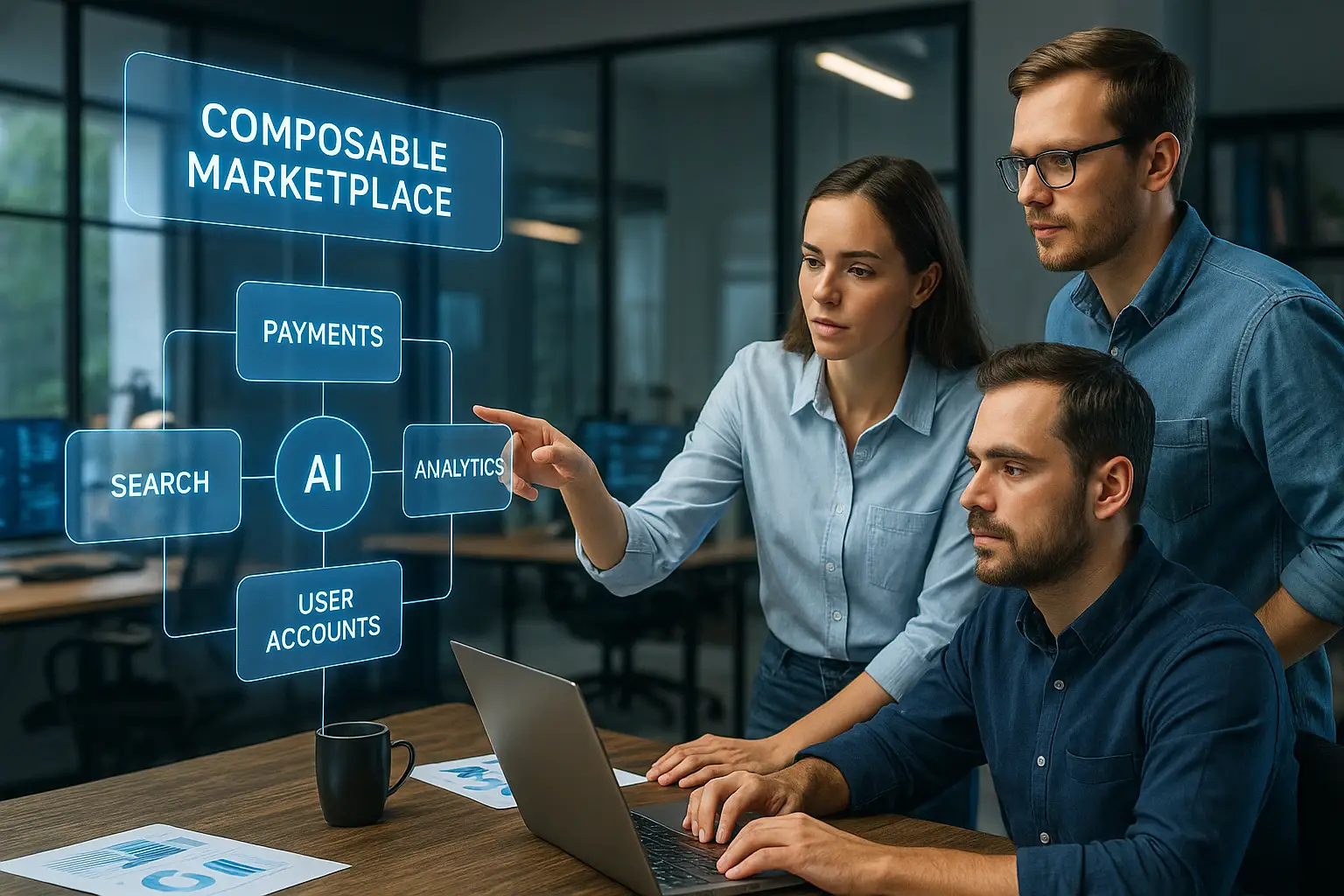
Composable Marketplaces: How Modular Architecture Is the Future of Platform Engineering
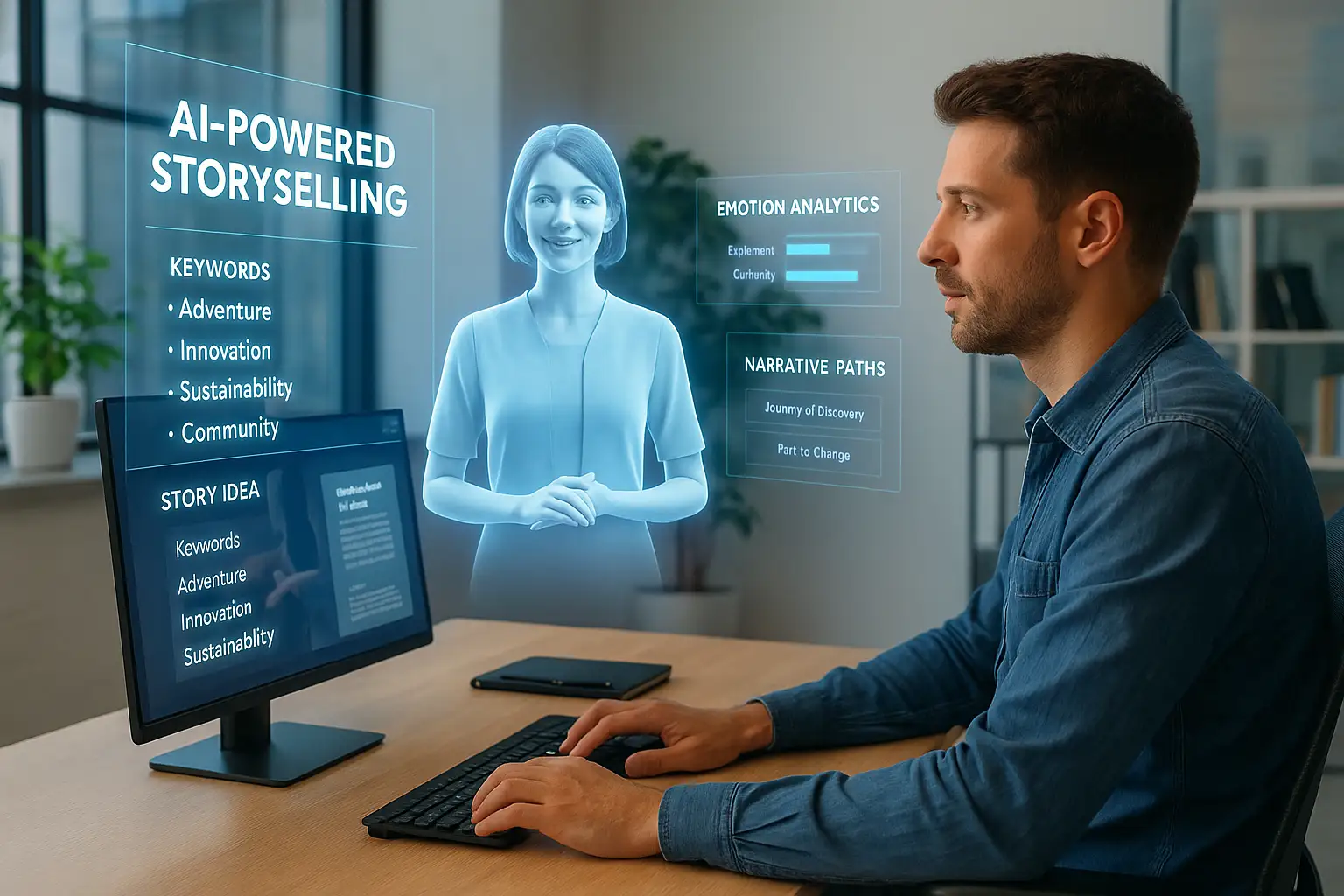
AI-Powered Storyselling: How Artificial Intelligence Is Reinventing Brand Narratives
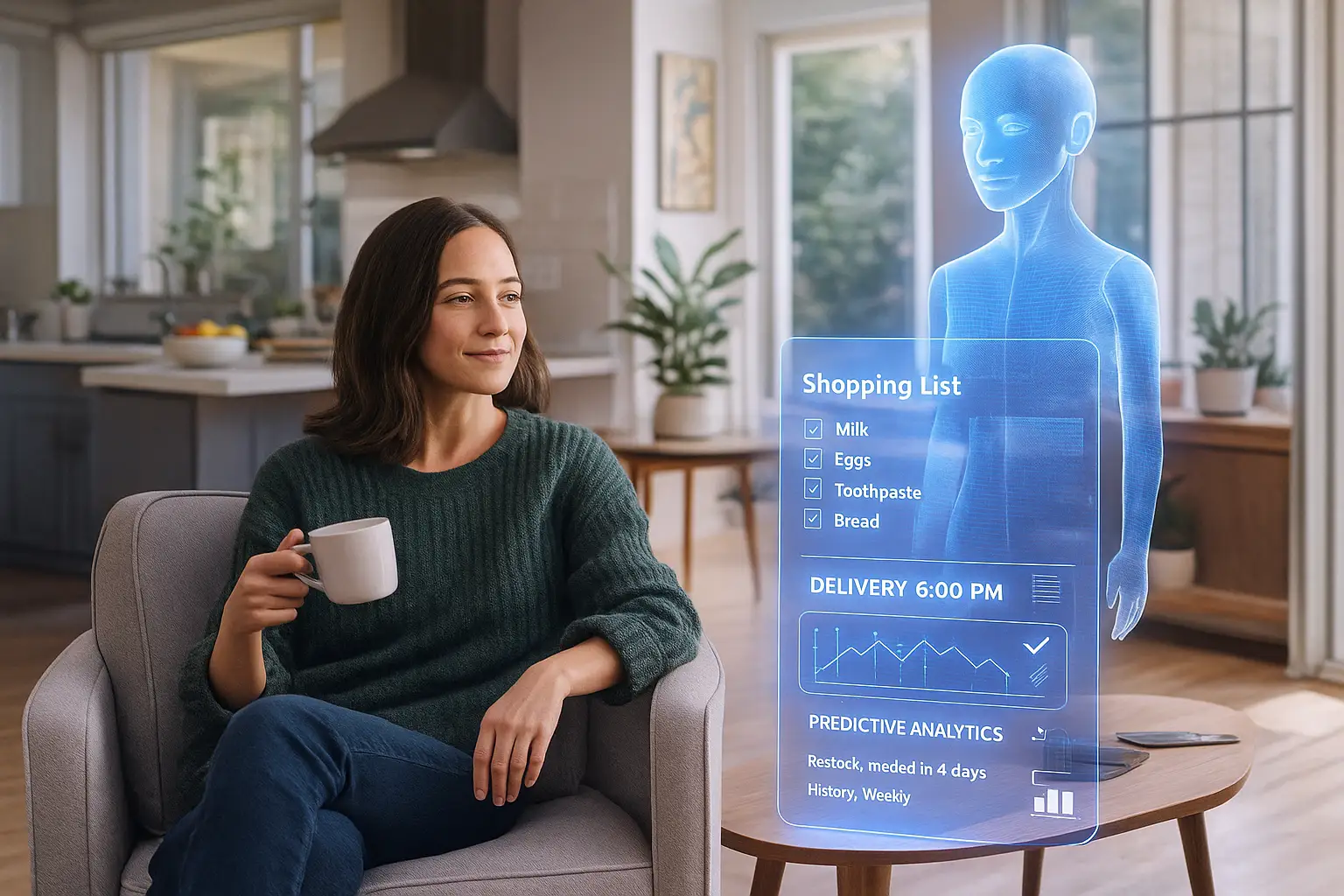
The Era of Invisible Commerce: How AI Will Make Shopping Disappear by 2030
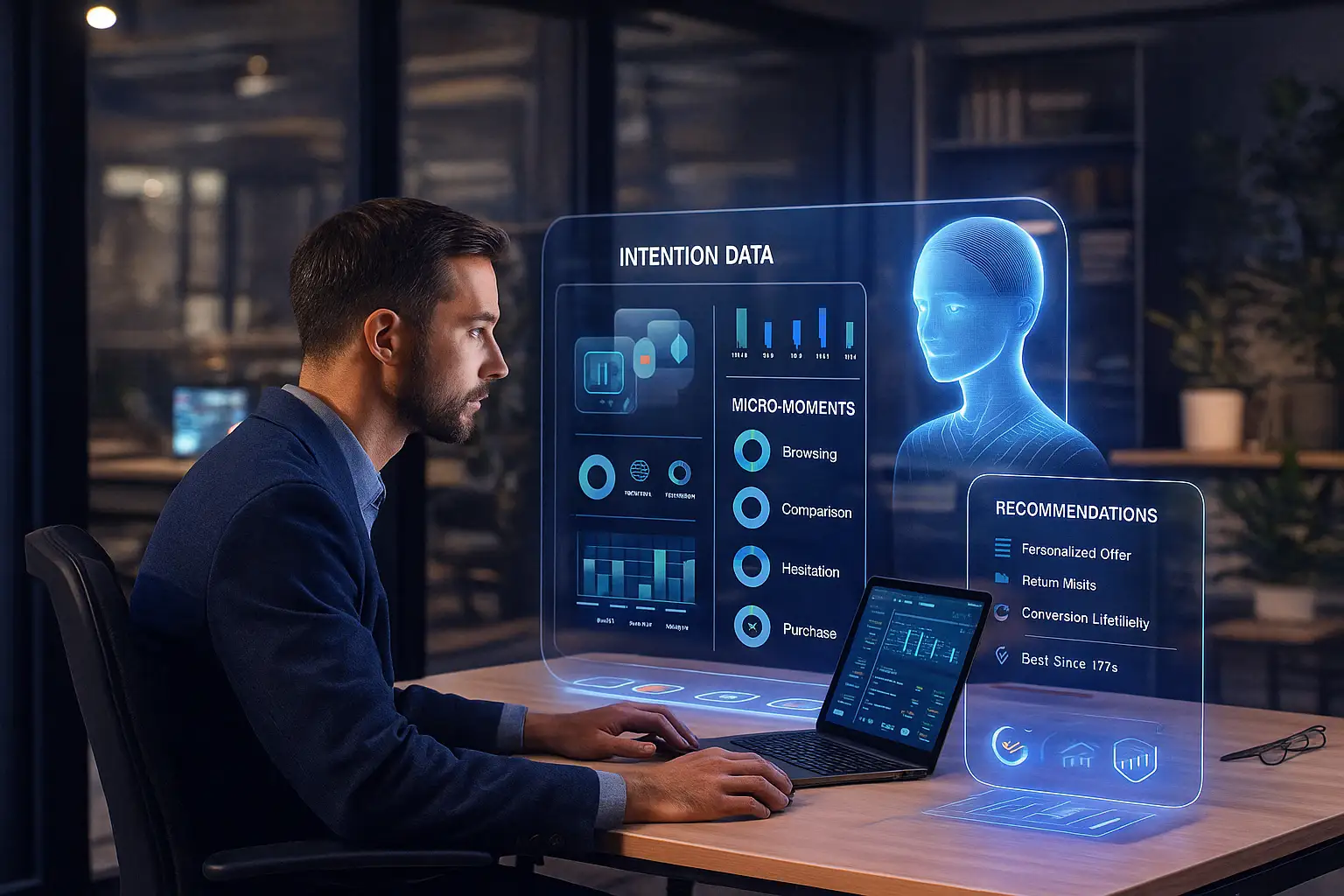
From Attention to Intention: The New Era of E-Commerce Engagement

Predictive Commerce: How AI Can Anticipate What Your Customers Will Buy Next

Digital Trust 2030: How AI and Cybersecurity Will Redefine Safety in the Digital Age
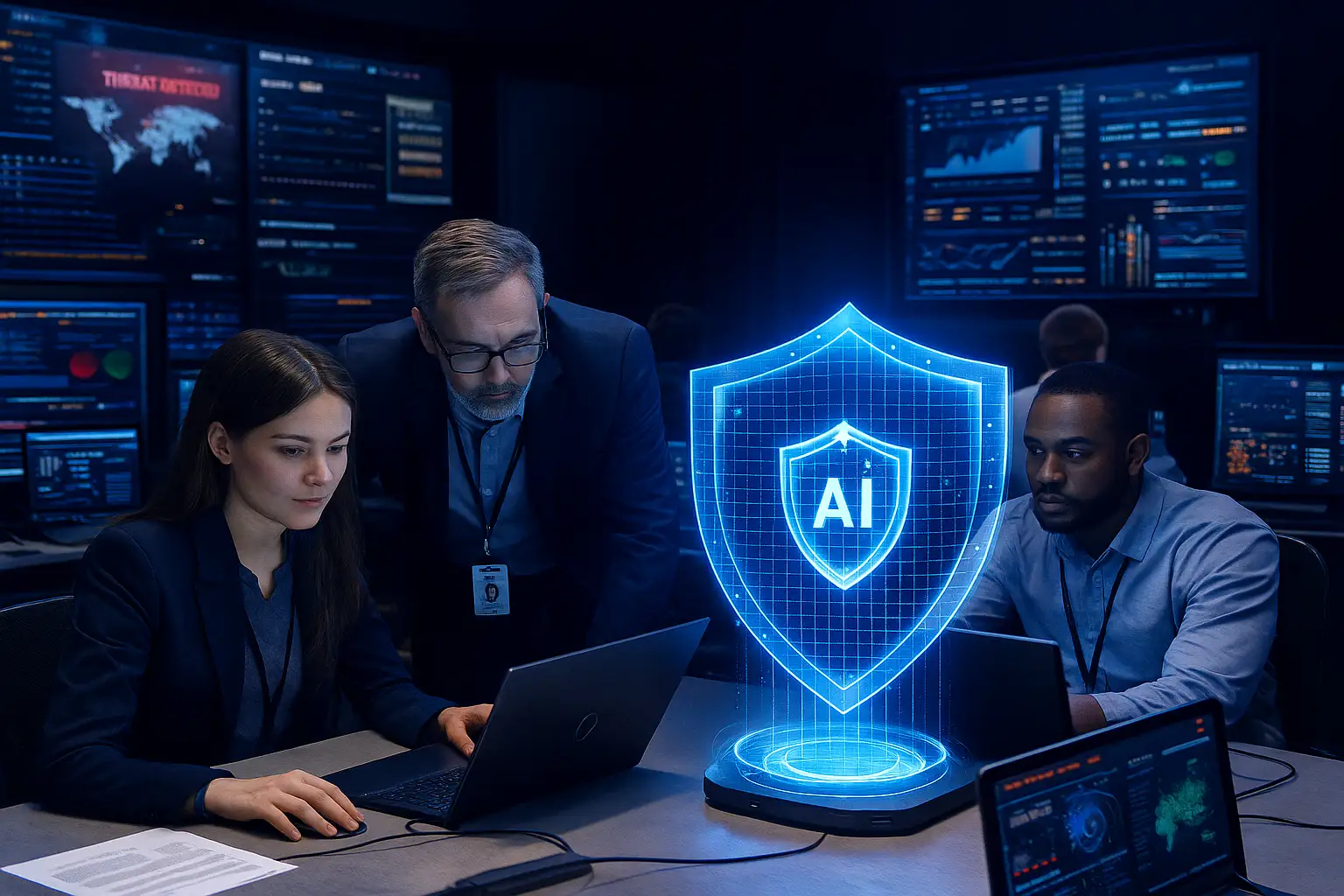
Cybersecurity in the Age of AI: Protecting Digital Trust in 2025–2030
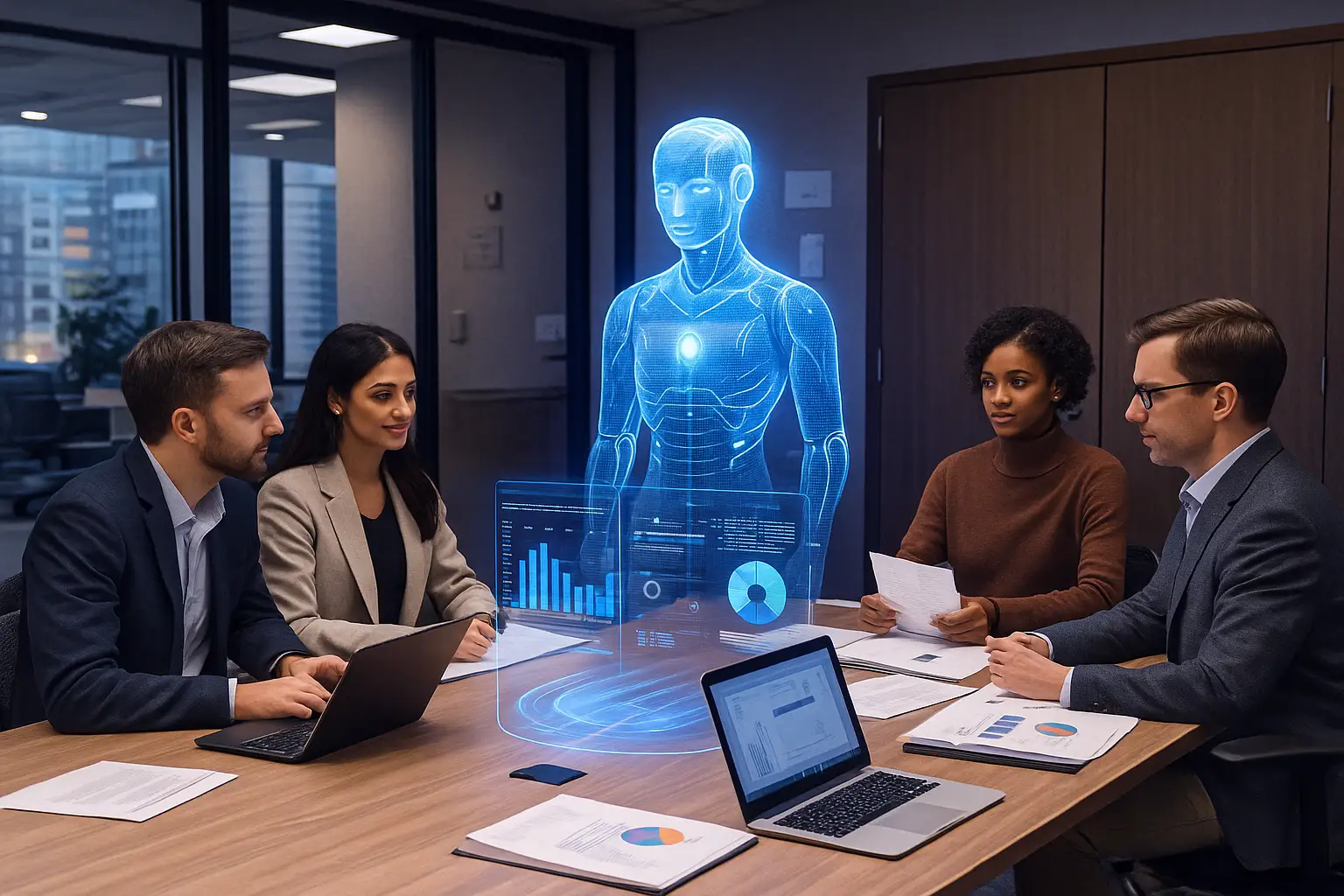
The Future of Work: Humans and AI as Teammates
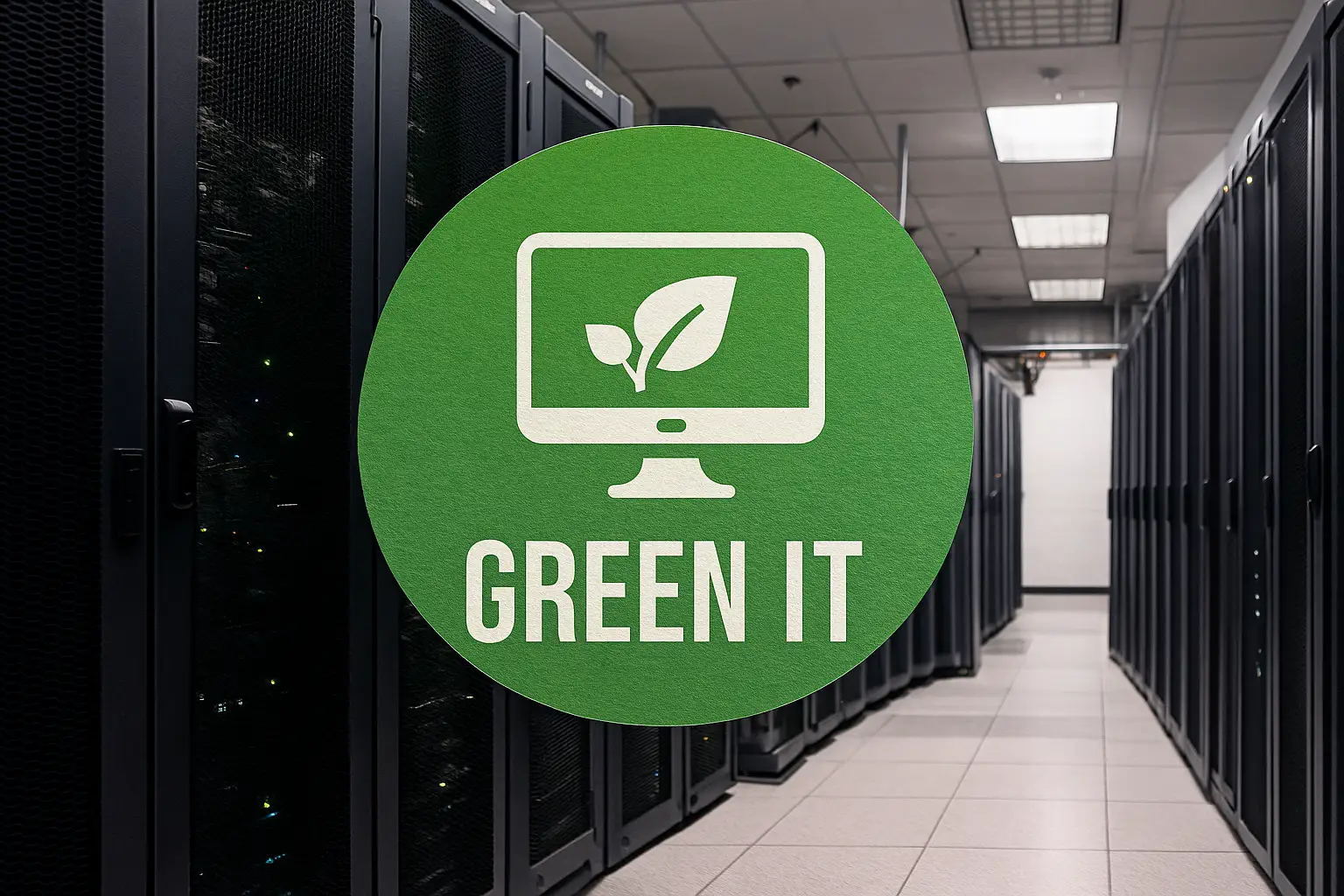
Green IT: How the Tech Industry Must Adapt for a Sustainable Future

Emerging Technologies in IT: What Will Shape 2025–2030

Growth Marketing – A Fast-Track Strategy for Modern Businesses
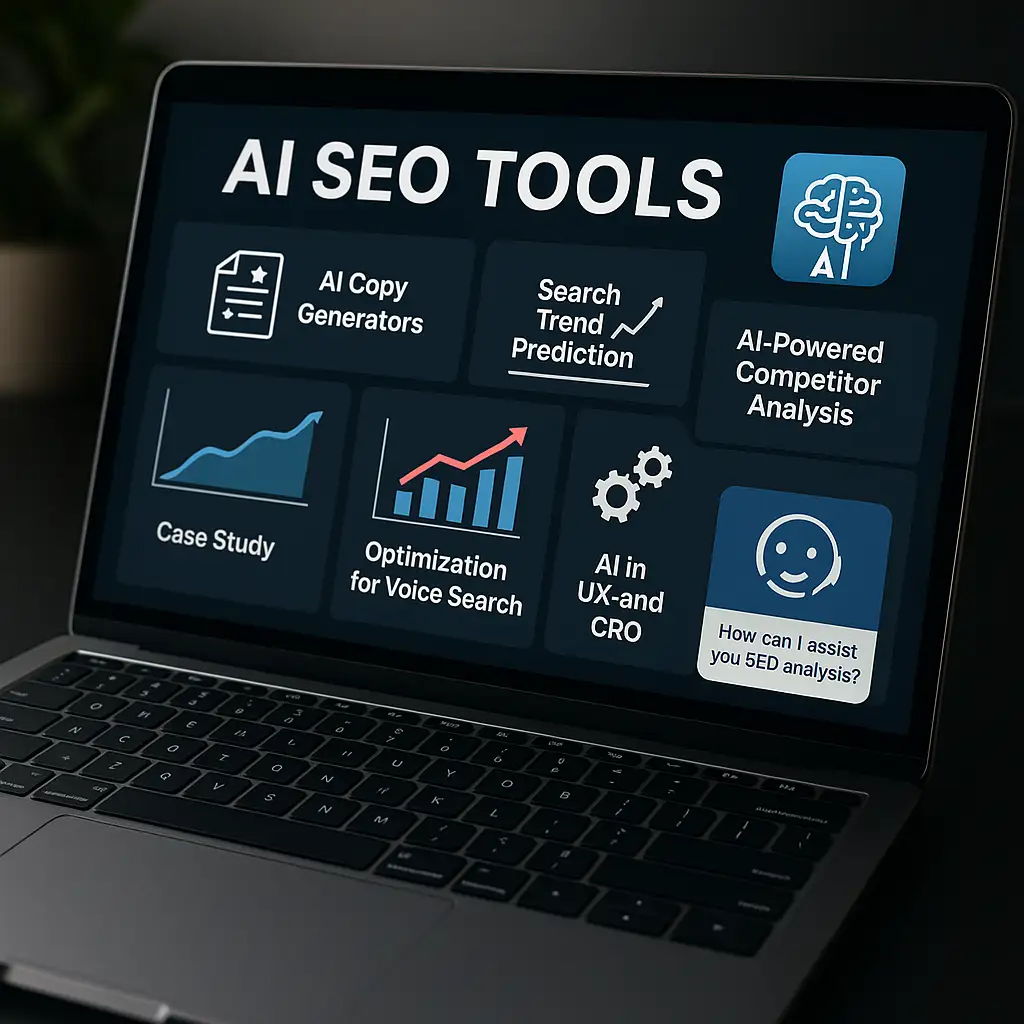
AI SEO Tools – 5 Technologies Revolutionizing Online Stores
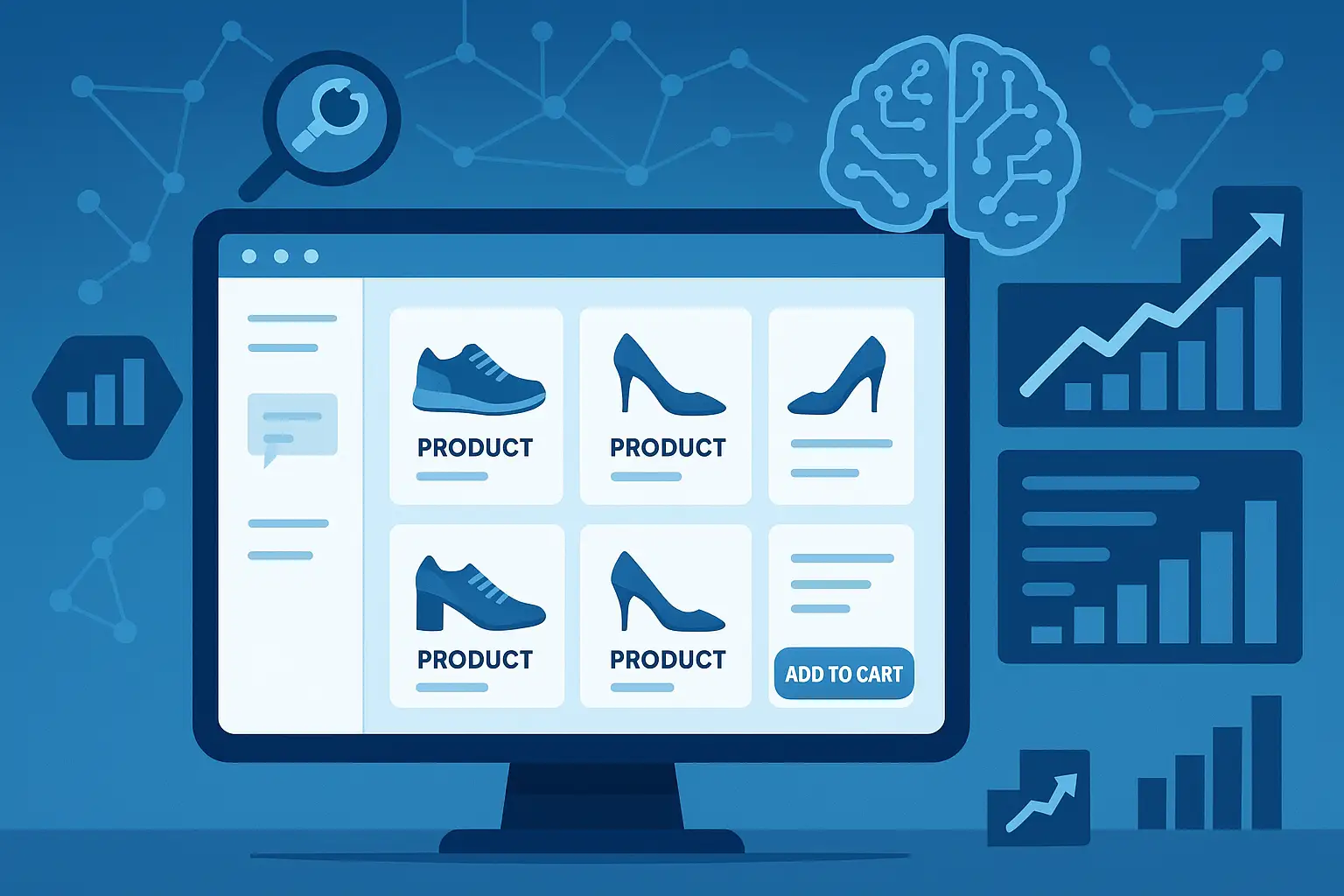
AI SEO – How Artificial Intelligence Is Transforming Online Store Optimization

Product-Led Growth – When the Product Sells Itself
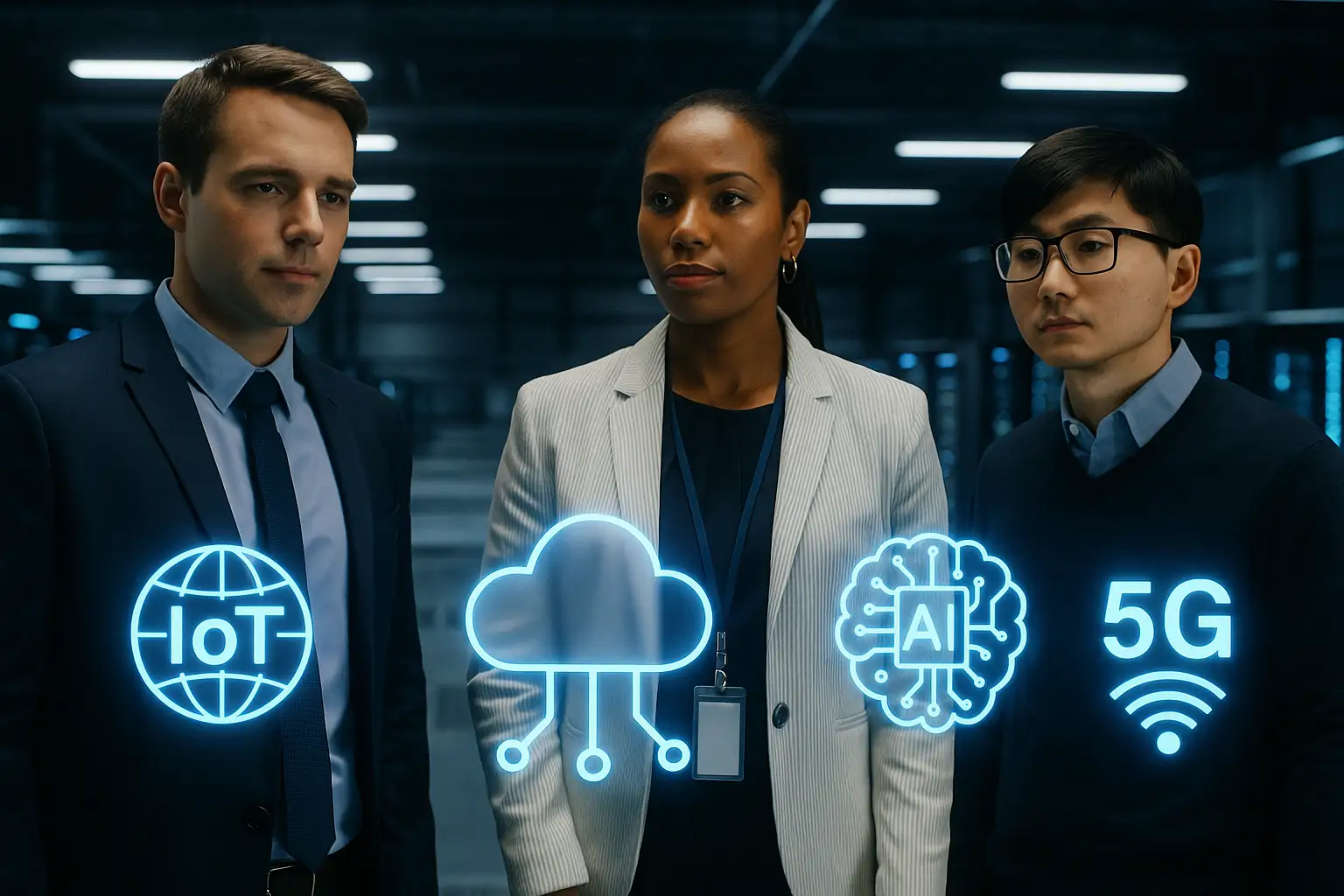
Technology in IT – Trends Shaping the Future of Business and Everyday Life
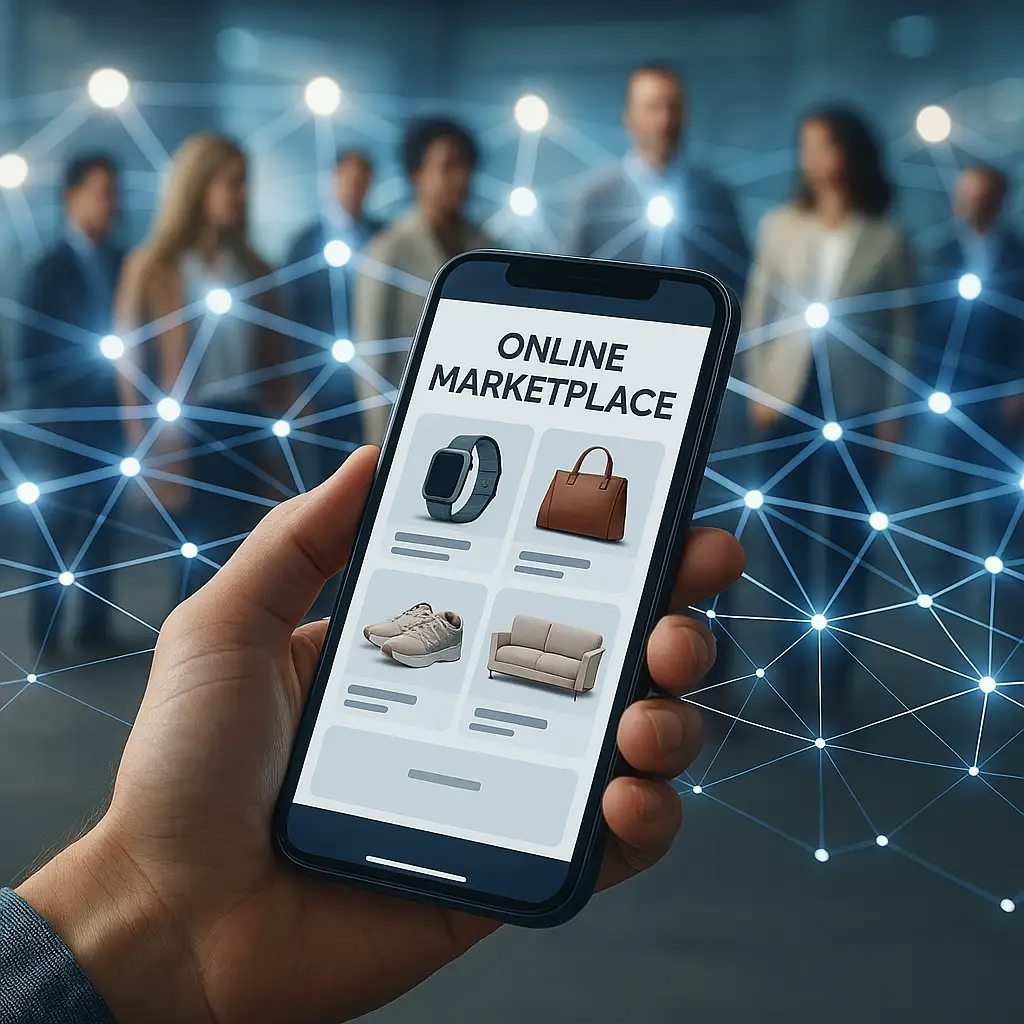
Marketplace Growth – How Exchange Platforms and E-commerce Build the Network Effect
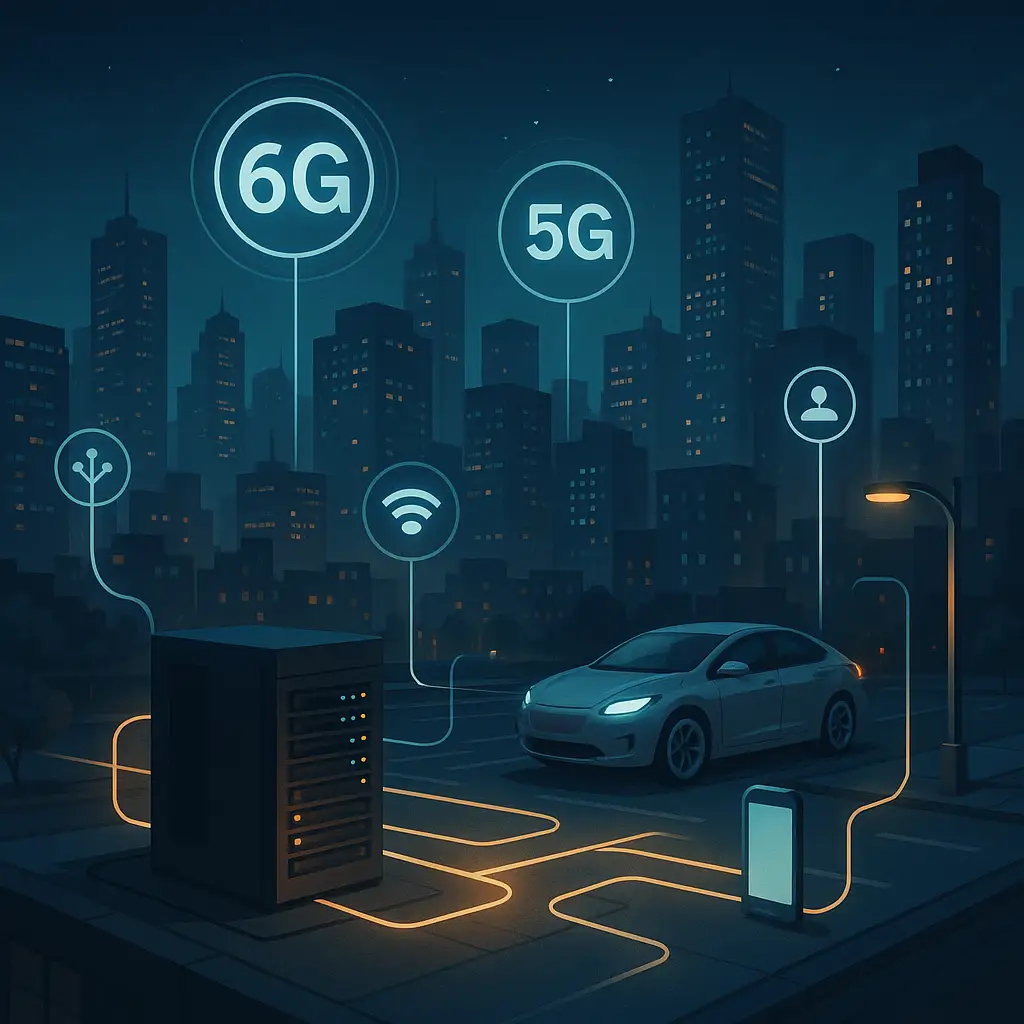
Edge Computing – Bringing Processing Power Closer to the User

Agentic AI in Applications – When Software Starts Acting on Its Own

Meta Llama 3.2 – The Open AI That Could Transform E-Commerce and SEO

AI Chatbot for Online Stores and Apps – More Sales, Better SEO, and Happier Customers

5 steps to a successful software implementation in your company

Innovative IT solutions — why invest now?

Innovative software development methods for your business

5 steps to successfully implement technological innovation in your company
